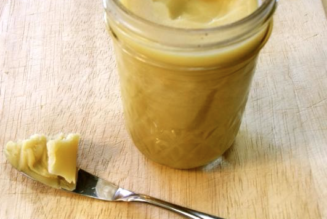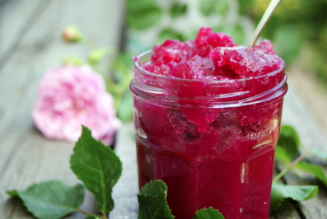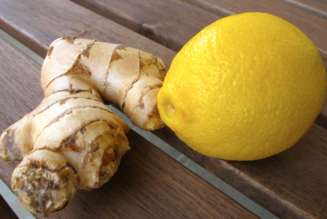Ashwagandha Milk & Ghee – Strength Giving And Stamina Of A Horse
Ashwagandha is a renowned ayurvedic herb that can act as both a tonic and a sedative. The name Ashwagandha translates to “smell of the horse” which refers to the fact that fresh Ashwagandha root smells of horse urine! However, this meaning also relates to the strength, vitality and vigor of the animal, all qualities which Ashwagandha itself imbibes. As a popular rejuvenate herb – Ashwagandha is also an aphrodisiac, a nervine and has galactagogue properties. It helps strengthen the reproductive system, and when used with shatavari can help relieve sexual debility. In excess it can increase heat in the body and so its use must be carefully monitored.
Properties:
Ashwagandha is a light and oily herb and has a bitter, astringent taste with a heating effect in the body. Its post digestive effect is sweet and it is also effective on the reproductive, nervous and respiratory systems.
Some Indications, Amongst Others, Include:
· Emaciation/ low body weight
· Weak muscle tone and fatigue
· Sexual debility
· Insomnia
· Osteoarthritis
· Neutropenia
· Weak immunity / weak immune system
· Anxiety
· Seizures
· Tuberculosis
· Asthma / cough
· Hayfever
· ADHD
· Stress
· Menstrual imbalances
Word Of Caution:
- It is important to be aware of some of the contraindications of using Ashwagandha. In cases of excess heat and/or congestion it is not recommended. Although in india it is used to strengthen the uterus during pregnancy, it also has a spasmolytic effect that may be contraindicated in pregnancy.
- Always seek a physician’s advice before undertaking herbal supplementation.
Usage:
There are many combination compounds that involve Ashwagandha to address certain conditions.
Some being:
· Ashwagandha and shatavari as a uterine tonic and for infertility
· Ashwagandha and Pippali for use in asthma and coughs
· Ashwagandha, Brahmi and Vacha for nerve disorders
· Ashwagandha, guggulu and turmeric for arthritic and congestive disorders
Ashwagandha Milk
A delicious tonic to take at night is Ashwagandha milk. It is especially beneficial for promoting spermatogenesis and as an aphrodisiac. With a pinch of nutmeg, Ashwagandha milk can aid in insomnia by inducing natural sleep. It also promotes the growth and tones the breast tissue; therefore it is particularly helpful in sagging breasts. Used with licorice it can act as a galactagogue and boost lactation. It is a simple and quick recipe.
Ingredients:
· 1 teaspoon of Ashwagandha powder
· 8oz of whole milk (preferably organic and non- homogenized)
1. Bring the milk to a boil in a pan.
2. Add the Ashwagandha and simmer gently for a few minutes
3. Pour into a cup and enjoy!
- Add a pinch of nutmeg for a carminative effect
- Other spices, such as cinnamon, cardamom can also be used for taste
Ashwagandha Ghee Recipe
A useful and delicious way to take Ashwagandha is in ghee form. It is a wonderful way to combat high vata whilst enjoying it in foods. It is very simple to make although does take a little time.
Ingredients:
· 2oz Organic Ashwagandha powder
· 32oz Spring water
· 8oz Organic ghee
1. Combine the powder and water into a pan and heat on medium/high heat stirring frequently (wooden spoons are best used here) until the mixture is reduced by a quarter. In other words, from 4 cups of water to 1 cup – may take up to an hour.
2. Once cooled, strain the mixture into a glass jar using a cheesecloth or a cotton muslin cloth. The glass jar will hold the pure Ashwagandha decoction.
3. Add the ghee to a pan and pour in the strained Ashwagandha liquid. Keep under medium heat and stir frequently until the water is completely boiled off. This can take up to 2 hours.
4. Finally transfer the Ashwagandha ghee to a glass jar with airtight lid. Enjoy!
- This ghee can be used internally or even externally as a massage oil if indicated.
References
· Lad, V. (1999). The complete book of Ayurvedic home remedies.
· Sharma, H. (2011). Ayurvedic Healing. Singing Dragon
· Lad, V. (2002). Textbook of Ayurveda.
· Lad, V., & Frawley, D. (1986). The yoga of herbs
· Pole, S. (2013). Ayurvedic medicine the principles of traditional practice
· Green, J. (2000). The herbal medicine-makers’ handbook a home manual
· Lad, V. (2012). Ayurvedic perspectives on selected pathologies
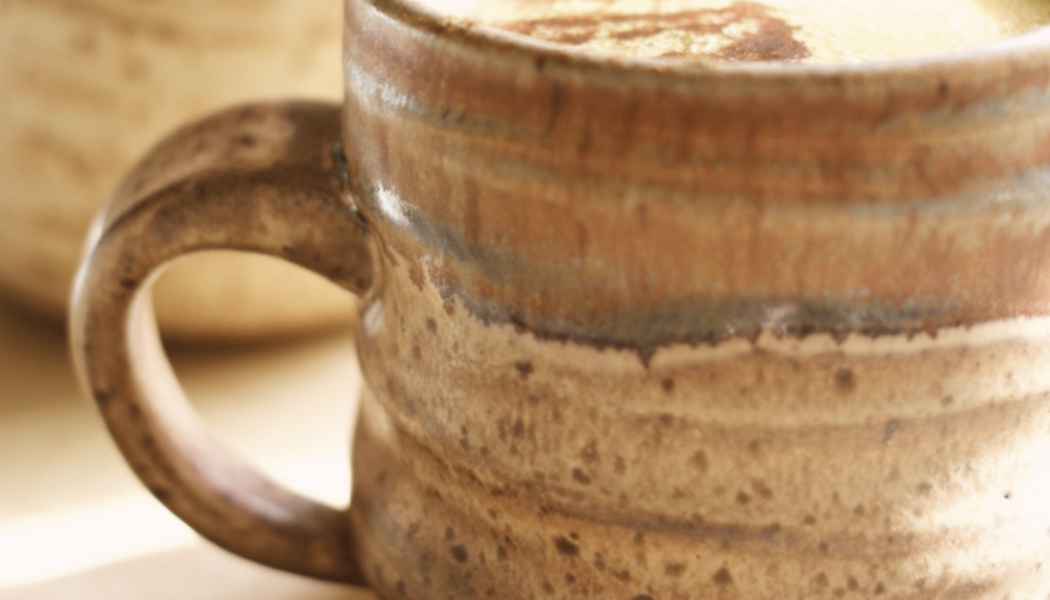
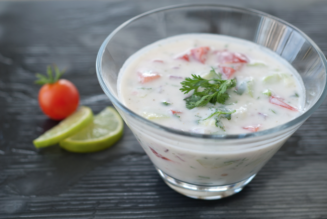

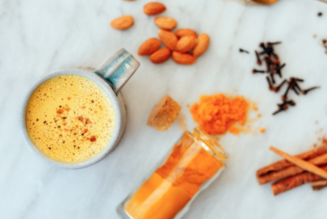
![Female Health: Amenorrhea [cessation of menses] – An Ayurvedic Perspective](https://healthyayurveda.com/wp-content/uploads/2015/07/1.-Amenorhea--327x219.png)

